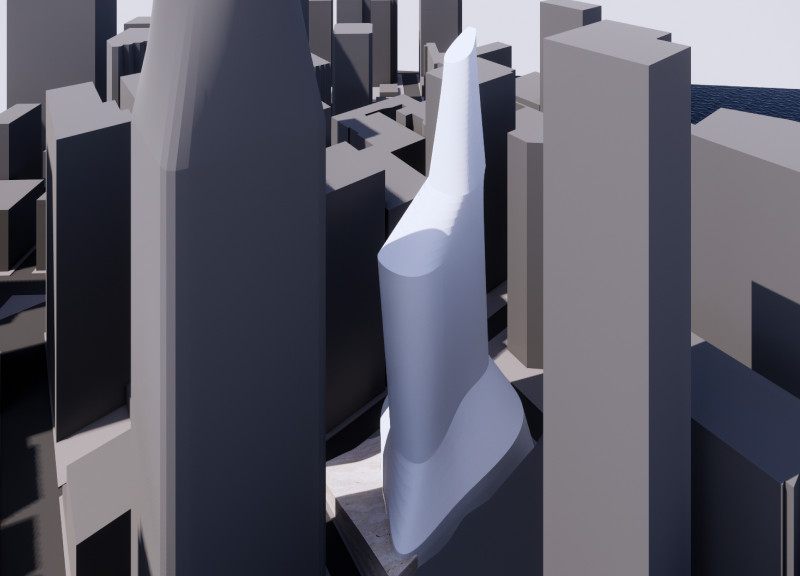5 key facts about this project
The "Afford the Bay" project responds to the ongoing housing challenges in San Francisco and the Bay Area. It seeks to offer affordable living spaces for essential workers such as teachers and firefighters. Set in a city facing significant living cost increases, the design aims to create a mixed-use structure that combines residential units and retail spaces. The goal is to enhance accessibility and promote sustainable living for those who play important roles in the community.
Architecture Concept
The design focuses on placing affordable housing close to workplaces. This arrangement helps reduce the long commutes that many essential workers currently experience. By integrating housing within a vertical layout, the project encourages more sustainable urban living. It aims to connect residential areas with job locations, creating a stronger sense of community.
Ground-Level Retail Spaces
Retail spaces occupy the ground floor, activating the streets and encouraging public interaction. This choice invites more people to engage with the area. The presence of shops and services not only supports local residents but also contributes to a lively atmosphere. This blend of living and commercial functions promotes social engagement.
Elevated Park and Accessibility
An important aspect of the design is the elevated park. This space connects to the Salesforce transit center park, offering a recreational area for residents. The park enhances accessibility throughout the urban area and provides a place for relaxation and social gatherings. This feature helps to make the environment more welcoming and enjoyable for everyone.
Urban Renewal and Community Integration
The project replaces the leaning Millennium Tower complex, addressing a significant issue while improving the visual landscape of the city. It reflects a dedication to urban renewal and community well-being. The design aims not only to provide housing, but also to strengthen the fabric of the community.
Attention to spatial relationships allows for the planning of communal areas that encourage interaction among neighbors. The design creates a balance between shared spaces and individual privacy, fostering a sense of belonging while respecting personal space. The thoughtful arrangement of these elements enhances both the living experience and the overall quality of life for residents.






















































